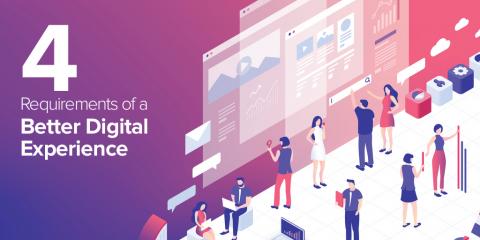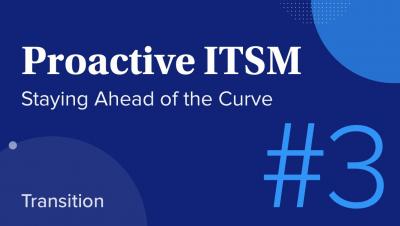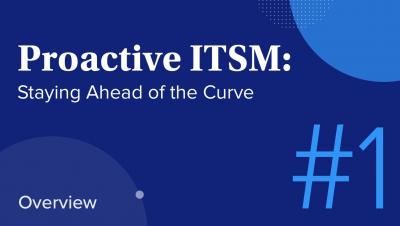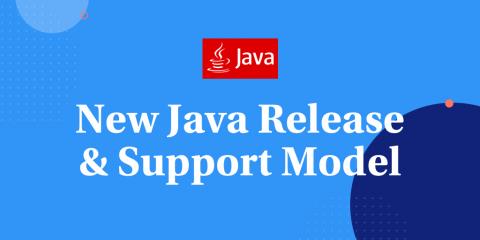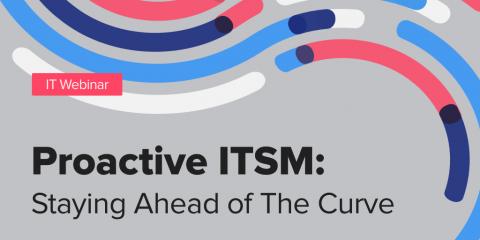The 4 Requirements of a Better Digital Experience
Better employee experience drives better business outcomes1. The result? Technology is no longer the driving force of IT — instead, the end-users’ digital experience is the key to unlocking business value and driving ROI. The challenge? Mending the gap between traditional metric-based monitoring and the need for real-time, contextual data about the end-user experience. Here’s how to get started.


